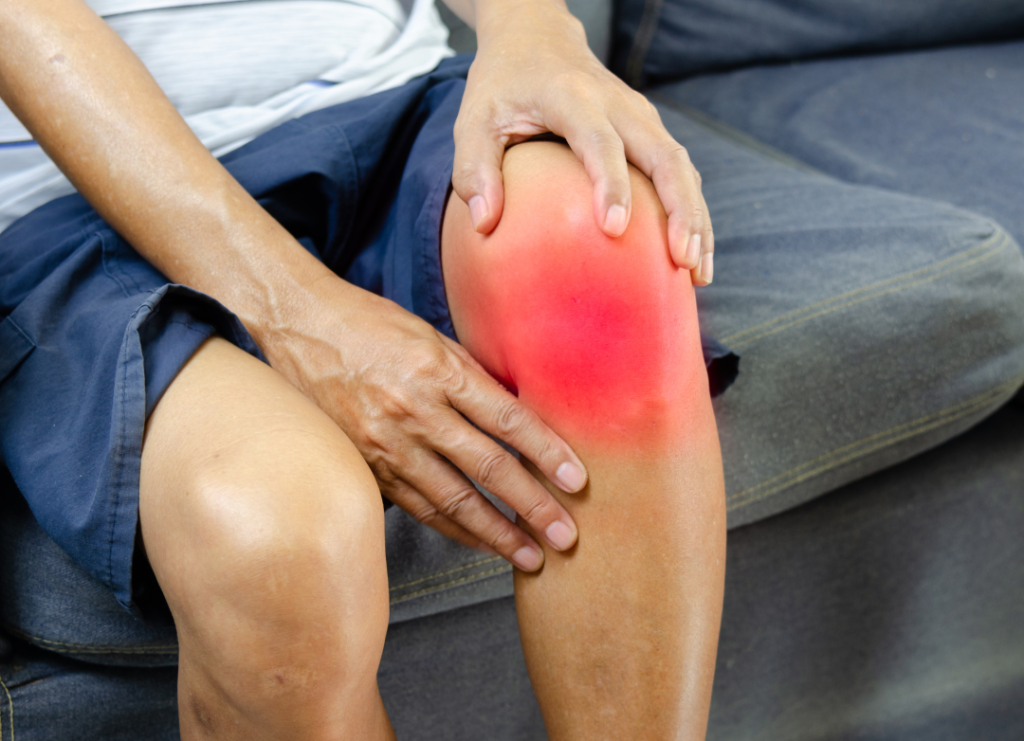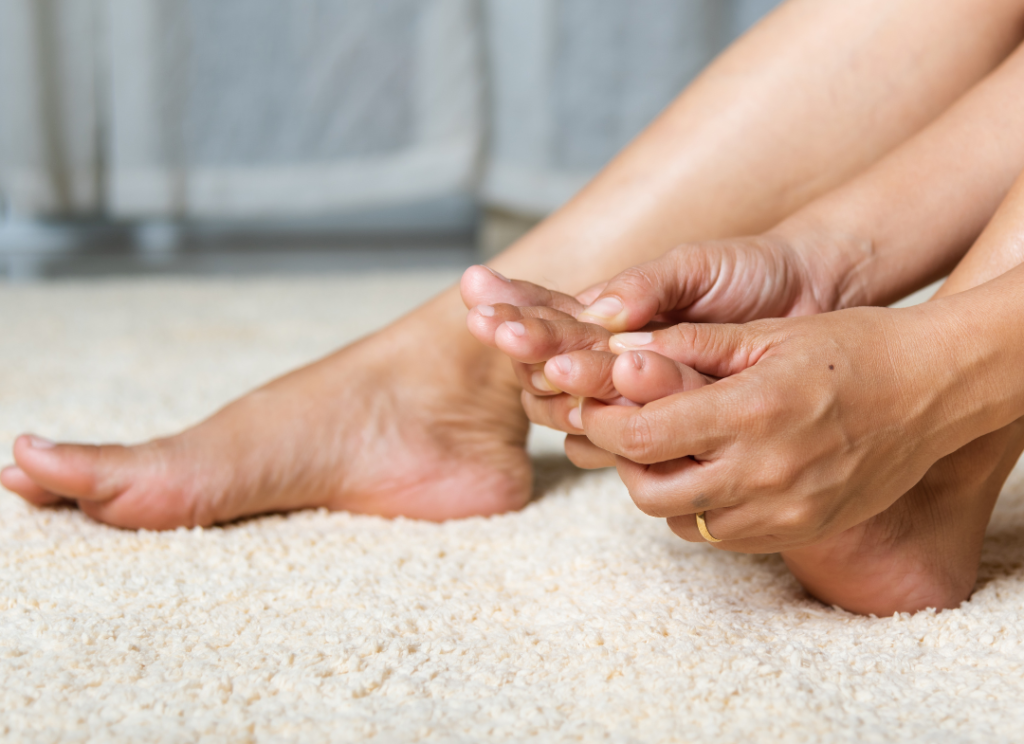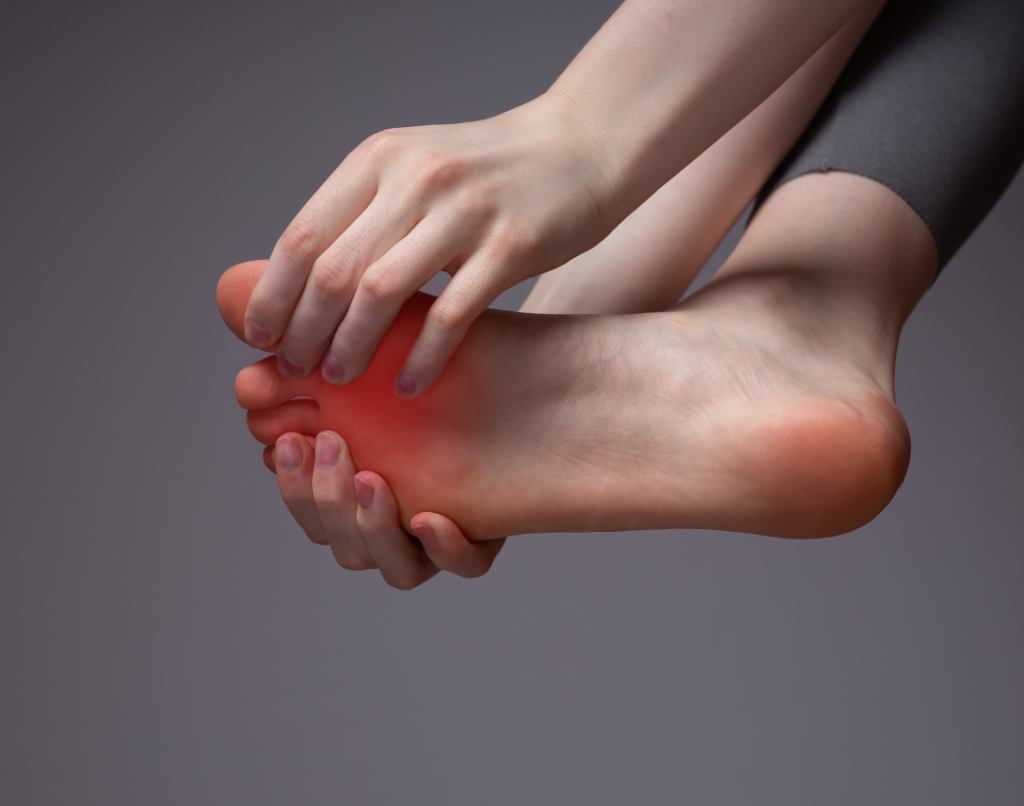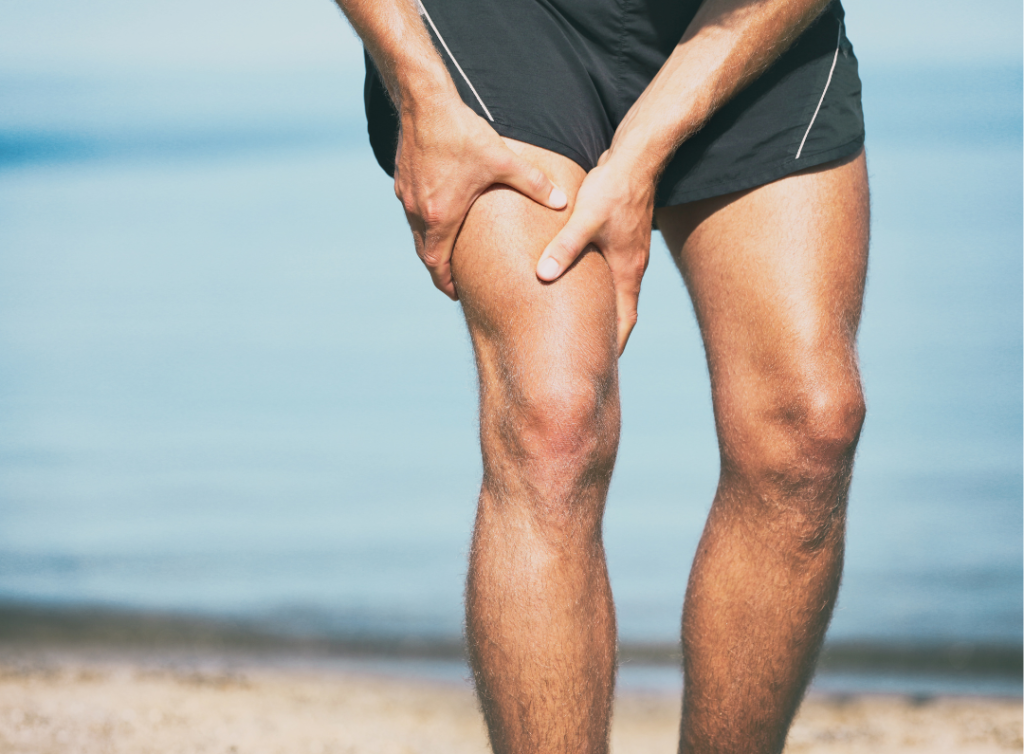When you’ve got foot pain, many people will try anything that promises to get rid…
Tennis Injury Treatment | Masterton Podiatry

Tennis is one of our favourite year-round sports. Not only is it fun and social, it’s also fantastic for our cardiovascular health and endurance, supports our coordination and flexibility, and is even proven to help relieve stress and improve mental health.
As with any physical activity, however, it also carries its injury risks – and not just to our wrists, hands and elbows. With its rapid accelerations and decelerations, as well as its quick side-to-side movements, your feet and lower limbs are also vulnerable to injury, with the prevalence of tennis injuries in these areas making up to 50-60% of all tennis injuries.
As prevention can be even more powerful than cure, here are the top five tennis-related lower limb injuries seen and treated by our podiatry team.
-
Knee Injuries
 With the twisting, turning and pivoting in tennis, there’s a lot of stress that the knee joint is exposed to, which can lead to a series of knee pains, including:
With the twisting, turning and pivoting in tennis, there’s a lot of stress that the knee joint is exposed to, which can lead to a series of knee pains, including:
- Patellar tendinopathy: an overuse injury that affects the patellar tendon, the main tendon that crosses at the front of the knee to connect the kneecap to the shinbone. Patellar tendinopathy can feel like pain, swelling, and stiffness in and around the knee.
- Meniscus tears or injuries: your meniscus is a piece of cartilage that sits within the knee joint, helping cushion and stabilise the knee joint. You actually have two menisci within the knee, one located on the inside of the knee, and one of the outside. These are called the lateral and medial menisci. In tennis, meniscal injuries can occur when the knee is forcefully twisted or rotated, causing tears in the cartilage. Symptoms of a meniscal injury include pain, swelling, and stiffness in the knee, as well as a locking or catching sensation.
- Patellofemoral pain syndrome: often referred to as runner’s knee, this is a common condition that causes pain in the front of the knee, around the kneecap. It is often caused by overuse or improper alignment of the knee joint, and feels like pain at the front of the knee whenever you bend the knee, squat or climb stairs, swelling or tenderness around the knee cap, stiffness in the joint, and pain that worsens when you sit for long periods.
-
Ankle Sprains
 Ankle sprains account for approximately 25% of all tennis injuries. They occur when the ankle twists or turns beyond its normal range of motion, causing damage to the ligaments that support the ankle joint. The most common type of ankle sprain is called a lateral ankle sprain, which affects the ligaments on the outside of the ankle.
Ankle sprains account for approximately 25% of all tennis injuries. They occur when the ankle twists or turns beyond its normal range of motion, causing damage to the ligaments that support the ankle joint. The most common type of ankle sprain is called a lateral ankle sprain, which affects the ligaments on the outside of the ankle.
Ankle sprains can happen when a player lands awkwardly from a jump, changes direction suddenly, or trips over the net or court lines. Symptoms of an ankle sprain can include pain, swelling, bruising, stiffness, and difficulty bearing weight on the affected ankle. The severity of an ankle sprain can range from mild to severe, depending on the extent of the ligament damage.
-
Stress Fractures
 Stress fractures are the small, hairline cracks that occur gradually over time in a bone due to the bone being exposed to repetitive stress or pressure. There is no single ‘break’ in the bone, and so many stress fractures will not show up on x-rays or medical imaging in their early stages. Symptoms of a stress fracture can include pain, swelling, tenderness, and bruising in the affected area. The pain may initially be mild, but can become more severe over time with continued activity. In some cases, stress fractures may cause pain even when the affected area is not being used.
Stress fractures are the small, hairline cracks that occur gradually over time in a bone due to the bone being exposed to repetitive stress or pressure. There is no single ‘break’ in the bone, and so many stress fractures will not show up on x-rays or medical imaging in their early stages. Symptoms of a stress fracture can include pain, swelling, tenderness, and bruising in the affected area. The pain may initially be mild, but can become more severe over time with continued activity. In some cases, stress fractures may cause pain even when the affected area is not being used.
In tennis, stress fractures typically occur at the long bones located around the mid and forefoot, called the metatarsals. You’ll feel pain at the forefoot that may have more of a gradual onset than an out-of-the-blue sharp pain as the damage and stress builds up over time and with repeated activity.
-
Tennis Toe
 Also known as jogger’s toe, tennis toe occurs when one or more toes (often the longest toe) repeatedly hits the end of your tennis shoe during play, causing damage to the nail bed and the surrounding tissue. This can result in a collection of blood under the toenail (subungual hematoma), which can cause pain and pressure. It’s not uncommon as podiatrists to see blisters, callus and corns in the surrounding areas too.
Also known as jogger’s toe, tennis toe occurs when one or more toes (often the longest toe) repeatedly hits the end of your tennis shoe during play, causing damage to the nail bed and the surrounding tissue. This can result in a collection of blood under the toenail (subungual hematoma), which can cause pain and pressure. It’s not uncommon as podiatrists to see blisters, callus and corns in the surrounding areas too.
Aside from pain, discomfort or swelling, you may notice and dark-purple discolouration of the injured toenails – much like how a bruise develops beneath the skin. The bleeding separates the nail plate from the nail bed, so as the nail grows out, your toenail may become loose or fall off entirely.
-
Quadriceps Strain
 Quadriceps strains occur when one or more of the muscles in the front of the thigh (which are the quadriceps) are pushed past the point that they can safely handle, leading to overstretching or tearing. In tennis, this can happen from sprinting to get to the ball, sudden changes in direction and jumps. Quadriceps strains feel like pain, tenderness, and swelling in the affected area. The muscles at the front of the thigh may also feel weak, and there may be difficulty straightening the leg or bending the knee. In more severe cases, there may be bruising or a visible bulge in the muscle.
Quadriceps strains occur when one or more of the muscles in the front of the thigh (which are the quadriceps) are pushed past the point that they can safely handle, leading to overstretching or tearing. In tennis, this can happen from sprinting to get to the ball, sudden changes in direction and jumps. Quadriceps strains feel like pain, tenderness, and swelling in the affected area. The muscles at the front of the thigh may also feel weak, and there may be difficulty straightening the leg or bending the knee. In more severe cases, there may be bruising or a visible bulge in the muscle.
Battling With A Tennis Injury?
Our podiatry team is here to help. Tennis injuries can often be difficult to manage on their own in a way that keeps them gone, especially for those enjoying tennis on a regular basis. We can help you address the underlying cause of the pain and injury, so you can enjoy tennis for many years to come without hassle.
To book in with one of our sports podiatrists, book online here or call us on 06 370 4057
